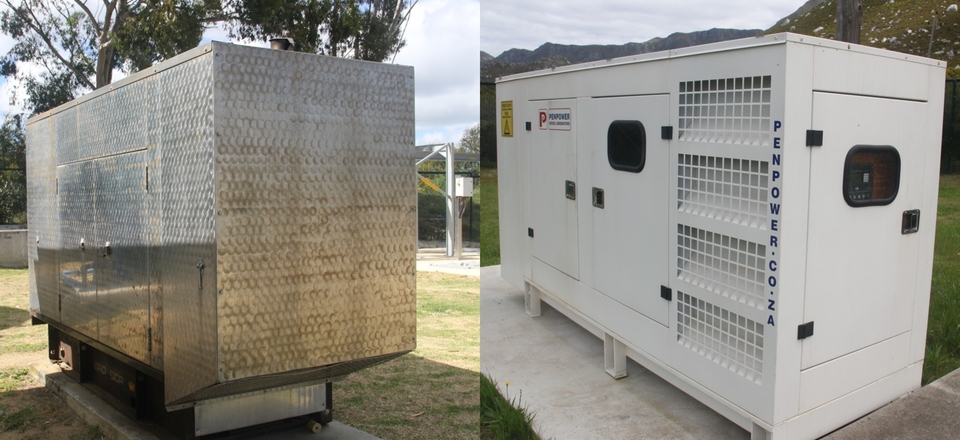Load-shedding at higher stages impacts on infrastructure and day-to-day operations of service delivery
The Overstrand Municipality is affected by load shedding as much as any other business in the region.
With the start of the holiday season and the increase in visitors, the Municipality's water and sanitation infrastructure is put under increased pressure once more.
The move by Eskom to stage 6 electricity load shedding, with periods of interruption of electricity supply of up to 4.5 hours at a time, and up to 12 hours in total in a 24-hour period, does not help the situation either.
Unfortunately, not all installations are equipped with generators at this stage. Residents of some high-lying areas may temporarily experience low water pressure and even water supply interruptions because of extended load-shedding events, where reservoirs cannot be filled adequately during periods between load shedding, or where booster pump systems are out of operation during load-shedding events.
Some sewerage pump stations which are not equipped with generators may spill during extended periods of load shedding. Warning signs will be erected where necessary.
Residents and visitors are requested to use water sparingly, as this will assist in firstly conserving reservoir levels and secondly reducing wastewater flows and alleviating pressure on sewerage pump stations. The municipality is doing its utmost to manage the situation within its capacity and available resources.
The municipality has implemented the following mitigation measures at this stage:
1. Most of the critical water and wastewater installations are equipped with standby generators, which are supplied with diesel continuously and are being monitored to ensure seamless switchovers as far as possible.
2. Mobile generators are deployed at a few other sensitive water and wastewater installations.
3. Suction tankers are deployed at some sewerage pump stations in environmentally sensitive areas that are not equipped with generators yet.
4. Water and wastewater pump operations are maximized during periods between load-shedding events.











































